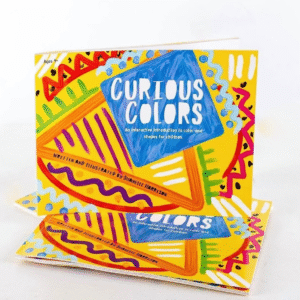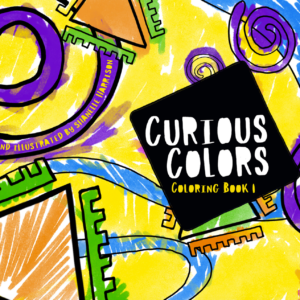-
 Select options This product has multiple variants. The options may be chosen on the product page
Select options This product has multiple variants. The options may be chosen on the product pageCurious Colors Children’s Activity Book
$25.99 -
 Select options This product has multiple variants. The options may be chosen on the product page
Select options This product has multiple variants. The options may be chosen on the product pageColoring Book 1
$10.00
1. What age group is Curious Colors designed for?
Curious Colors is created for children ages 2 to 8 (PreK to 2nd grade), with flexible activities that grow with your child’s learning level.
2. Can I use Curious Colors even if my child doesn’t know their shapes or colors yet?
Yes! Curious Colors is a perfect starting point for young learners. It uses songs, stories, and art activities to gently introduce colors and shapes in a fun, engaging way.
3. How does Curious Colors support literacy?
Curious Colors builds early reading skills by combining visual art with language, helping children recognize color words, shape names, and follow simple directions—critical pre-literacy skills!
4. Is Curious Colors aligned with educational standards?
Yes, activities in Curious Colors are inspired by early learning standards used in U.S. public schools and can support Common Core goals in both literacy and the arts.
5. Can teachers use this in a classroom setting?
Absolutely! Curious Colors is teacher-friendly with group activity ideas, classroom display materials, and printable worksheets that work well in circle time or learning centers.
6. I'm a homeschooling parent. Will Curious Colors work for us?
Yes! Curious Colors is designed with homeschool flexibility in mind. It’s easy to follow, doesn’t require fancy supplies, and includes hands-on projects that fit into any homeschool routine.
7. How often should we use the book for best results?
Using Curious Colors 2–3 times per week can create consistent learning moments. Even short, 10-minute sessions help build confidence and vocabulary over time.
8. What if my child is neurodiverse or has special learning needs?
Curious Colors is created to be inclusive! It uses visuals, repetition, and multi-sensory learning to support diverse learners, including those with autism, speech delays, or dyslexia.
9. What materials do we need to get started?
Just the book, some basic art supplies (like crayons, paper, glue), and a little creativity! No fancy tools required—everyday items work beautifully.
10. Where can I find extra printables or art activities?
You can download free printables, coloring sheets, and lesson extensions right here on our website, plus check out our Curious Colors blog for tips, art prompts, and seasonal ideas.


